Ray Tomlinson, the creator of email, has died
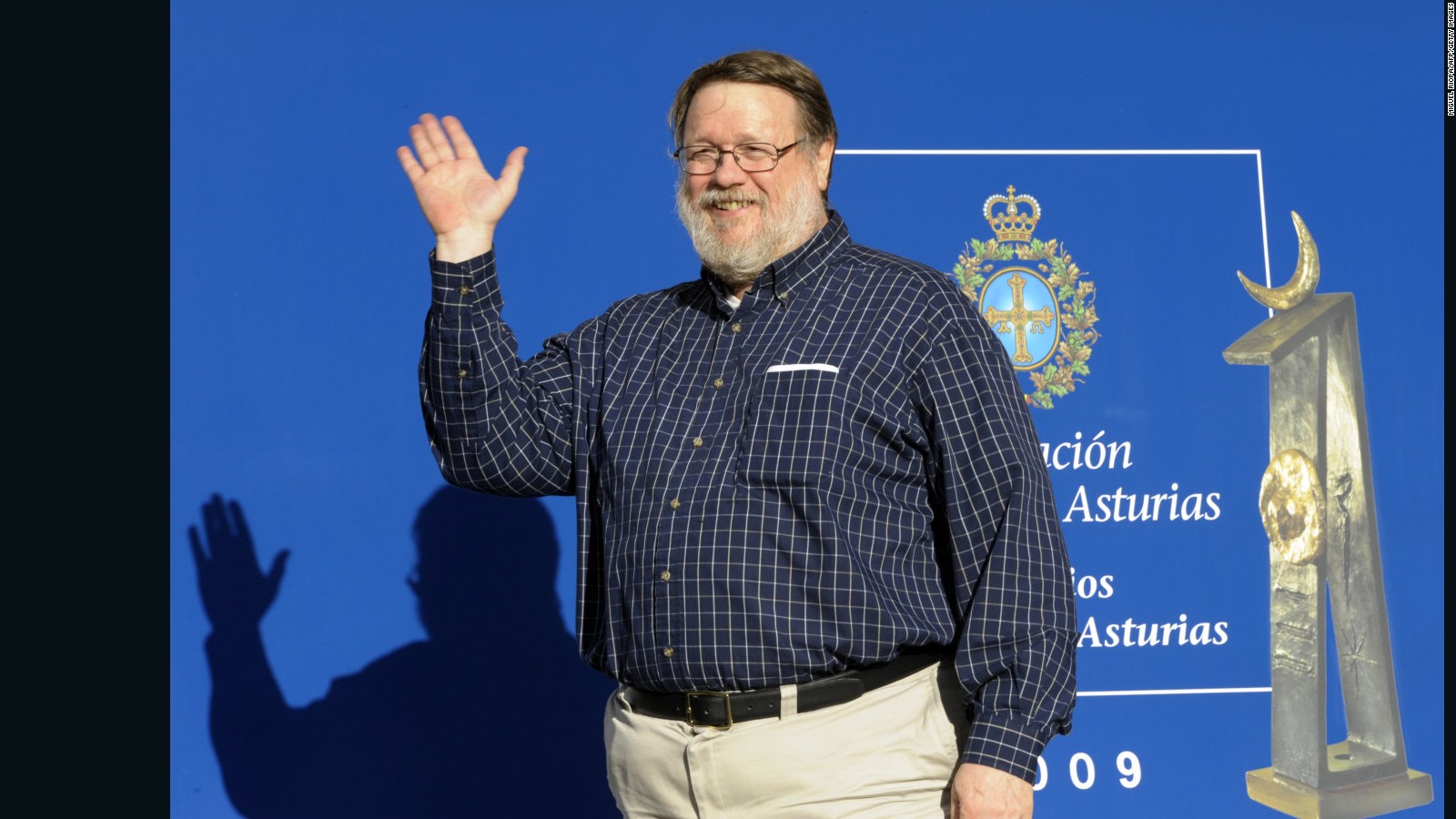
Ray Tomlinson is seen in this 2009 photo.
Story highlights
- In 1971, Ray Tomlinson came up with direct email messages
- His system helped lay the groundwork for the email and Internet explosion of the 1980s and '90s
(CNN)Ray Tomlinson, widely credited as the creator of email, has died, his employer, Raytheon, told CNN on Sunday. He was 74.
Tomlinson invented direct email messages in 1971. Before his invention, electronic messages could be shared only on a very limited network.
Among those paying tribute was Gmail, one of many offshoots of Tomlinson's creation.
"Thank you, Ray Tomlinson, for inventing email and putting the @ sign on the map," Gmail's Twitter account said.
Tomlinson, a graduate of Rensselaer Polytechnic Institute and MIT, was working for a Boston technology firm in 1971 when he decided to figure out a way for people to send messages via computer. At the time, Tomlinson recalled, ARPANET -- the Internet's predecessor -- was fairly new and the idea of sending messages from computer to computer was novel. Computers themselves were often giant mainframe beasts that filled entire rooms.
"Computers were very expensive -- I think one we had here, for example, was something on the order of two or three hundred thousand dollars. That's 1970 dollars. They were a scarce resource," he told the Verge in 2012.
The birth of the @ world
Tomlinson had seen a mailbox protocol he'd thought was too complex. In its place, he hacked together a simpler plan that included such now-commonplace concepts as the "@" sign -- to denote the location of the correspondents -- and the naming of the fields.

32 photos: People we've lost in 2016
Show Caption
17 of 32

32 photos: People we've lost in 2016
Show Caption
18 of 32

32 photos: People we've lost in 2016
Show Caption
19 of 32

32 photos: People we've lost in 2016
Show Caption
20 of 32
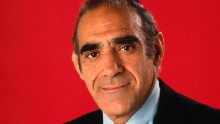
32 photos: People we've lost in 2016
Show Caption
21 of 32

32 photos: People we've lost in 2016
Show Caption
22 of 32

32 photos: People we've lost in 2016
Show Caption
23 of 32

32 photos: People we've lost in 2016
Show Caption
24 of 32

32 photos: People we've lost in 2016
Show Caption
25 of 32
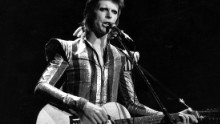
32 photos: People we've lost in 2016
Show Caption
26 of 32

32 photos: People we've lost in 2016
Show Caption
27 of 32

32 photos: People we've lost in 2016
Show Caption
28 of 32

32 photos: People we've lost in 2016
Show Caption
29 of 32
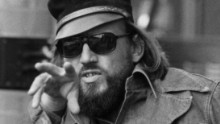
32 photos: People we've lost in 2016
Show Caption
30 of 32
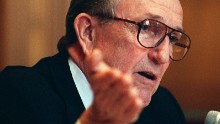
32 photos: People we've lost in 2016
Show Caption
31 of 32

32 photos: People we've lost in 2016
Show Caption
32 of 32

32 photos: People we've lost in 2016
Show Caption
1 of 32
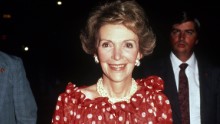
32 photos: People we've lost in 2016
Show Caption
2 of 32
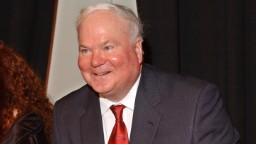
32 photos: People we've lost in 2016
Show Caption
3 of 32

32 photos: People we've lost in 2016
Show Caption
4 of 32

32 photos: People we've lost in 2016
Show Caption
5 of 32
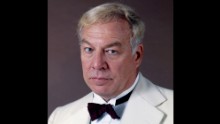
32 photos: People we've lost in 2016
Show Caption
6 of 32
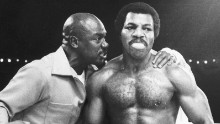
32 photos: People we've lost in 2016
Show Caption
7 of 32
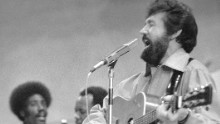
32 photos: People we've lost in 2016
Show Caption
8 of 32
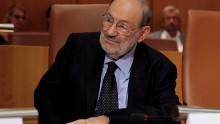
32 photos: People we've lost in 2016
Show Caption
9 of 32

32 photos: People we've lost in 2016
Show Caption
10 of 32
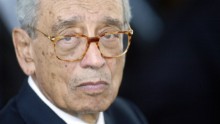
32 photos: People we've lost in 2016
Show Caption
11 of 32
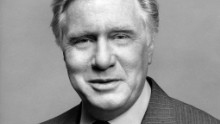
32 photos: People we've lost in 2016
Show Caption
12 of 32

32 photos: People we've lost in 2016
Show Caption
13 of 32
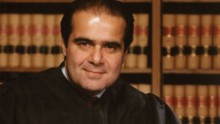
32 photos: People we've lost in 2016
Show Caption
14 of 32
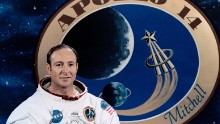
32 photos: People we've lost in 2016
Show Caption
15 of 32

32 photos: People we've lost in 2016
Show Caption
16 of 32

32 photos: People we've lost in 2016
Show Caption
17 of 32

32 photos: People we've lost in 2016
Show Caption
18 of 32

32 photos: People we've lost in 2016
Show Caption
19 of 32

32 photos: People we've lost in 2016
Show Caption
20 of 32

32 photos: People we've lost in 2016
Show Caption
21 of 32

32 photos: People we've lost in 2016
Show Caption
22 of 32

32 photos: People we've lost in 2016
Show Caption
23 of 32

32 photos: People we've lost in 2016
Show Caption
24 of 32

32 photos: People we've lost in 2016
Show Caption
25 of 32

32 photos: People we've lost in 2016
Show Caption
26 of 32

32 photos: People we've lost in 2016
Show Caption
27 of 32

32 photos: People we've lost in 2016
Show Caption
28 of 32

32 photos: People we've lost in 2016
Show Caption
29 of 32

32 photos: People we've lost in 2016
Show Caption
30 of 32

32 photos: People we've lost in 2016
Show Caption
31 of 32

32 photos: People we've lost in 2016
Show Caption
32 of 32

32 photos: People we've lost in 2016
Show Caption
1 of 32

32 photos: People we've lost in 2016
Show Caption
2 of 32

32 photos: People we've lost in 2016
Show Caption
3 of 32

32 photos: People we've lost in 2016
Show Caption
4 of 32

32 photos: People we've lost in 2016
Show Caption
5 of 32

32 photos: People we've lost in 2016
Show Caption
6 of 32

32 photos: People we've lost in 2016
Show Caption
7 of 32

32 photos: People we've lost in 2016
Show Caption
8 of 32

32 photos: People we've lost in 2016
Show Caption
9 of 32

32 photos: People we've lost in 2016
Show Caption
10 of 32

32 photos: People we've lost in 2016
Show Caption
11 of 32

32 photos: People we've lost in 2016
Show Caption
12 of 32

32 photos: People we've lost in 2016
Show Caption
13 of 32

32 photos: People we've lost in 2016
Show Caption
14 of 32

32 photos: People we've lost in 2016
Show Caption
15 of 32

32 photos: People we've lost in 2016
Show Caption
16 of 32
The reason for the "@" sign was mundane,he told NPR: Not only was it a little-used symbol, but "it's the only preposition on the keyboard."
Why bother at all, given the limited number of people using computers in those days?
Well, Tomlinson told the Verge, the telephone was fine, "but someone had to be there to receive the call." No voicemail back then; there were few answering machines and people who could afford it subscribed to answering services.
"Everyone latched onto the idea that you could leave messages on the computer," he said. "As the network grew and the growth of all that accelerated, it became a really useful tool: there were millions of people you could potentially reach."
From novelty to necessity
For a couple decades thereafter, email was a novelty. It wasn't until the explosion of the personal computer, followed by online services in the late '80s and early '90s -- including America Online, Prodigy and CompuServe -- that email became widespread.
In the age of texting, social media and smartphones, email has become somewhat less important to everyday communication, but it's still pervasive: there were 3.9 billion email accounts in 2013, according to a study by the Radicati Group, and the number continues to grow. Business alone accounts for 100 billion emails sent and received per day, as of 2013. (How much is actually read is another question.)
Tomlinson told the Verge his invention had worked out pretty much as he'd imagined, though the scale was far greater.
"I see email being used, by and large, exactly the way I envisioned. In particular, it's not strictly a work tool or strictly a personal thing," he said. "Everybody uses it in different ways, but they use it in a way they find works for them."
Tomlinson was inducted into the Internet Hall of Fame in 2012.
CNN's AnneClaire Stapleton
No comments:
Post a Comment